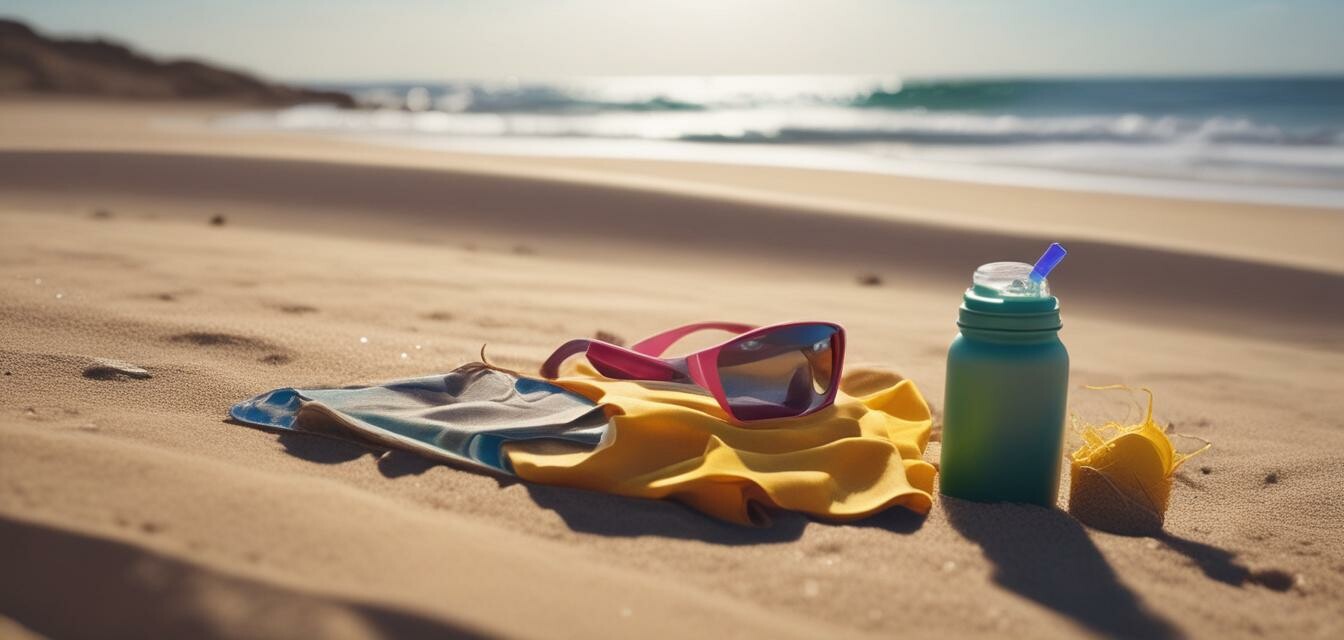
UV Exposure Myths: Debunking Common Misconceptions
Key Takeaways
- UV radiation is present year-round, not just on sunny days.
- Wearing regular clothing doesn’t provide adequate sun protection.
- Children and sensitive individuals require additional protection.
- UPF (Ultraviolet Protection Factor) clothing offers a safer alternative to sunscreen.
- Educating yourself on UV exposure can help you make informed choices.
Understanding UV exposure is essential for maintaining skin health, especially during extended outdoor activities. With the increasing awareness of skin cancer risks, it’s vital to address common myths surrounding UV exposure and UV protective clothing. Let’s dive in and debunk some of these misconceptions.
Myth 1: UV rays are only a concern on sunny days
This common myth can lead to serious repercussions, as UV rays can penetrate clouds and reach your skin even during overcast weather. It's important to wear UV protective clothing regardless of the cloud cover or time of year.
The reality of UV exposure
UV rays can cause skin damage anytime you’re outside. Here’s a quick overview of how UV exposure varies throughout the day:
| Time of Day | UV Intensity |
|---|---|
| Morning (8 AM - 10 AM) | Low |
| Noon (10 AM - 2 PM) | High |
| Afternoon (2 PM - 4 PM) | Moderate |
| Evening (4 PM - 6 PM) | Low |
Myth 2: Regular clothing is enough to protect me from UV rays
Many people believe that their everyday clothing provides sufficient protection from UV rays. In reality, most regular fabrics offer very low UPF ratings, often between 5-10.
Understanding UPF ratings
UPF clothing is specifically designed to block UV rays more effectively. Here’s a simple breakdown of UPF ratings:
| UPF Rating | Protection Level |
|---|---|
| UPF 15-25 | Good Protection |
| UPF 30-50 | Very Good Protection |
| UPF 50+ | Excellent Protection |
Myth 3: Only people with fair skin need UV protection
While those with fair skin are often more susceptible to UV damage, everyone, regardless of their skin tone, is at risk. Darks skins are not immune to harmful UV rays.
Why everyone needs protection
In fact, prolonged sun exposure can cause skin damage in all skin types, including:
- Sunburns
- Premature aging
- Skin cancers
Myth 4: Sunscreen is enough protection
Sunscreen is an important part of sun safety but relying solely on it may lead to false security. Here are some key points to remember:
- Sunscreen needs to be applied generously and reapplied every two hours.
- Not all sunscreens provide broad-spectrum protection.
- Some consumers forget to apply sunscreen on areas of the skin often exposed to UV rays, like the back and ears.
The benefits of UPF clothing
UPF-rated clothing provides consistent protection without requiring reapplication, making it ideal for various outdoor activities. This is particularly beneficial for:
- Extended outdoor activities like hiking or sports.
- Children who are more vulnerable to sun damage.
- Individuals on medications that increase sun sensitivity.
Myth 5: You don’t need to worry about UV exposure in winter
Another misconception is that UV exposure is negligible during colder months. However, UV rays can still reflect off surfaces like snow, which can lead to skin damage.
Protecting yourself year-round
It’s important to continue wearing protective clothing and sunscreen in winter, particularly if you participate in outdoor activities like skiing.
Conclusion
Understanding the myths surrounding UV exposure is crucial in safeguarding your skin health. Always opt for UV protective clothing, and remember that education is your greatest ally in fighting against sun damage.
Pros
- Consistent sun protection with minimal effort.
- Available in a variety of styles and activities.
- Helps maintain skin health and prevent sun damage.
Cons
- Initial investment may be higher than regular clothing.
- Some may not find the styles appealing.
Additional Resources
For further details on purchasing protective gear, explore our Accessories or Outdoor Wear.